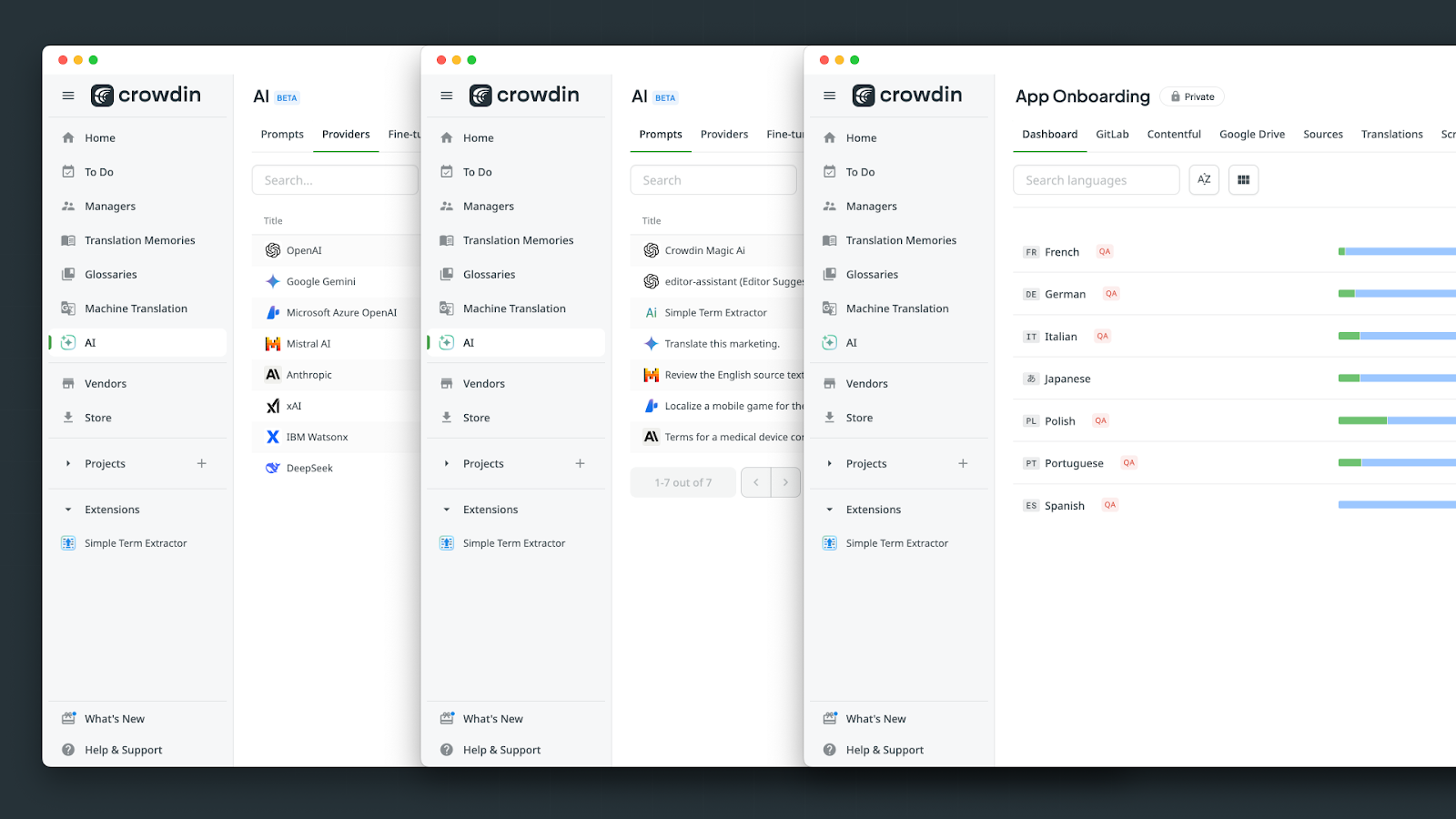Microsoft Reveals Third Generation Photosynth Technology, Lets You Capture Images In Amazing Resolution And Full 3D
2 min. read
Published on
Read our disclosure page to find out how can you help MSPoweruser sustain the editorial team Read more
Microsoft today revealed the third generation Photosynth technology. Microsoft claims that this version of Photosynth is dramatic step forward in smoothness and simplicity. The new Photosynth technology supports four basic experiences: spin, panorama, walk, and wall.
- Photosynth : spin – Spin around an object as small as a seashell or as large as a mountain.
- Photosynth : panorama – Put yourself in the center of a space and look in every direction.
- Photosynth : walk – Follow a path through the woods or fly toward a destination.
- Photosynth : wall – Slide across a scene, checking out every last detail.
If you are not aware of how Photosynth works, here is a brief explanation from Microsoft.
When you upload a set of photos to our cloud service, our technology starts by looking for points (called “features”) in successive photos that appear to be the same object.
If it finds many features that reoccur in your set of photos, it passes this information on to the second step: bundle adjustment. Bundle adjustment, a standard technique in photogrammetry, determines where in 3D space each feature is, exactly where each photo was taken from, and how the camera was oriented for each photo.
Third, the technology uses the feature points in each photo to generate 3D shapes. It does so on a per-photo basis rather than trying to generate a global 3D model for the scene. The 3D model generated by Photosynth is coarse—you can see it if you type “c” (for camera) in the viewer and then use your mouse wheel to zoom out.
Next, the technology calculates a smooth path (think of it as a Steadicam) through—or very close to—the camera locations for each photo. Using this path, Photosynth presents the experience of moving through a synth as a gliding motion even if the actual photos were shot at different heights or slightly off-angle. You can see the path if you type “m” (for map) in the viewer. Finally, Photosynth slices and dices the images into multi-resolution pyramids for efficient access.
Microsoft offers technical preview of this new Photosynth service. You’ll need to sign up for it.
Read more about it here.








User forum
0 messages